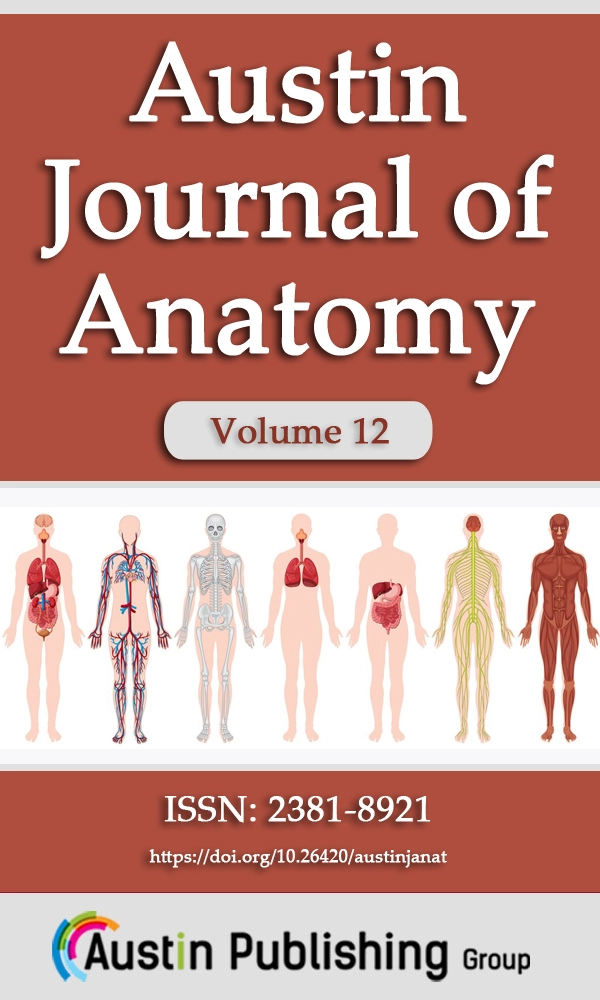
Austin Journal of Anatomy is an open access, peer review Journal publishing original research & review articles in all the fields of Anatomy. Anatomy is the study of body parts of Living Organisms, which is one of the important branches in medicine. Austin Journal of Anatomy provides a new platform for all researchers, scientists, scholars, students to publish their research work & update the latest research information.
Austin Journal of Anatomy is a comprehensive Open Access peer reviewed scientific journal that covers multidisciplinary fields. We provide limitless access towards accessing our literature hub with colossal range of articles. The journal aims to publish high quality varied article types such as Research, Review, Short Communications, Case Reports, Perspectives (Editorials), Clinical Images.
Austin Journal of Anatomy supports the scientific modernization and enrichment in Anatomy research community by magnifying access to peer reviewed scientific literary works. Austin also brings universally peer reviewed member journals under one roof thereby promoting knowledge sharing, collaborative and promotion of multidisciplinary science.